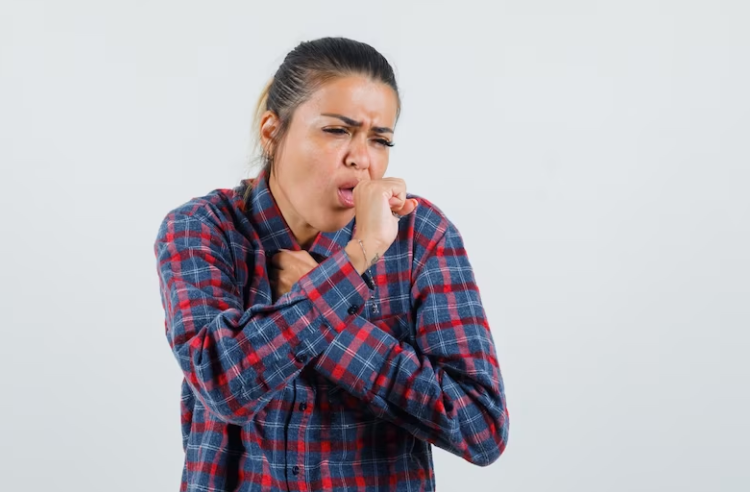"Popcorn lung" is a term used to describe a lung disease that leads to inflammation and injury in the bronchioles. These small lung tubes, which connect the large bronchi to the tiny air sacs (alveoli), play a crucial role in the respiratory process. When afflicted by popcorn lung, these airways constrict, causing symptoms like a dry cough and shortness of breath. This Newfemme article sheds light on this condition.
Causes of Popcorn Lung:
The name "popcorn lung" arose from cases of respiratory distress observed in popcorn factory workers who accidentally inhaled hazardous substances. One of the key culprits is diacetyl, an artificial butter flavoring used in various food products, including popcorn, fruit drinks, flavored coffee, and dairy items. While considered safe for consumption by the FDA, diacetyl poses dangers when inhaled. This chemical is also found in many e-cigarette products as a flavor enhancer.
Inhalation of other substances, such as chlorine, ammonia, sulfur dioxide, and formaldehyde, can also contribute to popcorn lung. Several health conditions and factors, like respiratory disorders (e.g., pneumonia and bronchitis), viral infections (e.g., RSV), collagen vascular diseases, and drug reactions, have been linked to popcorn lung.
Symptoms of Popcorn Lung:
Popcorn lung symptoms are akin to those of chronic obstructive pulmonary disease (COPD). They usually manifest 2-8 weeks after exposure to harmful chemicals, particles, or smoke. Common symptoms include persistent dry cough and shortness of breath, which worsens over time. Other popcorn lung indicators encompass flu-like symptoms, accompanied by fever, unexplained fatigue, weight loss, phlegm, and irritation of the eyes, skin, mouth, or nose in cases due to chemical exposure. Additionally, the lung transplant process may also lead to injury and irritation.

Popcorn lung is often characterized by a dry cough
Connection Between E-Cigarettes and Popcorn Lung:
In a 2016 study, diacetyl was found in 75% of flavored e-cigarette products. Furthermore, e-cigarette emissions contain formaldehyde, another substance associated with popcorn lung. It's crucial to note that using e-cigarettes, even those without flavor additives, escalates the risk of respiratory disorders.

Quitting smoking can reduce the risk of popcorn lung
Currently, there is no known cure for popcorn lung. The best prevention method involves limiting and avoiding hazardous substances and compounds, with quitting smoking as a fundamental step to lower the risk of popcorn lung. To explore more captivating articles, visit Newfemme!

